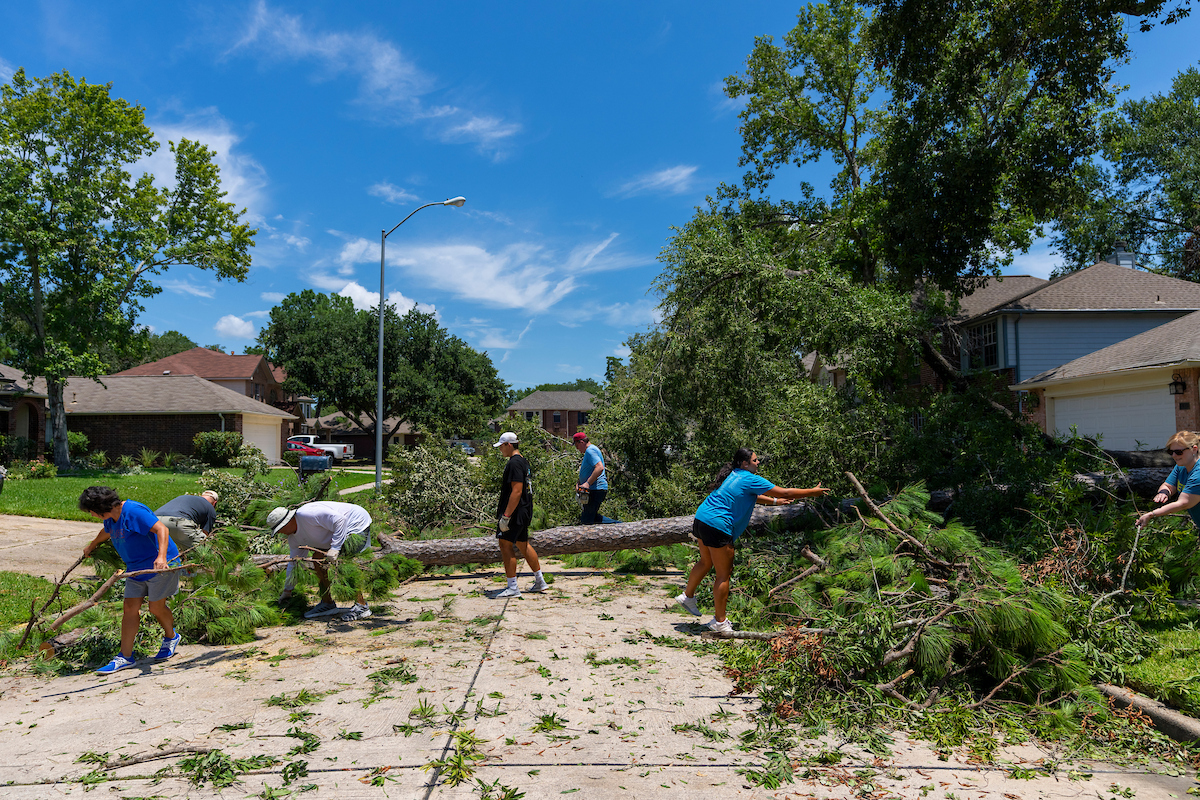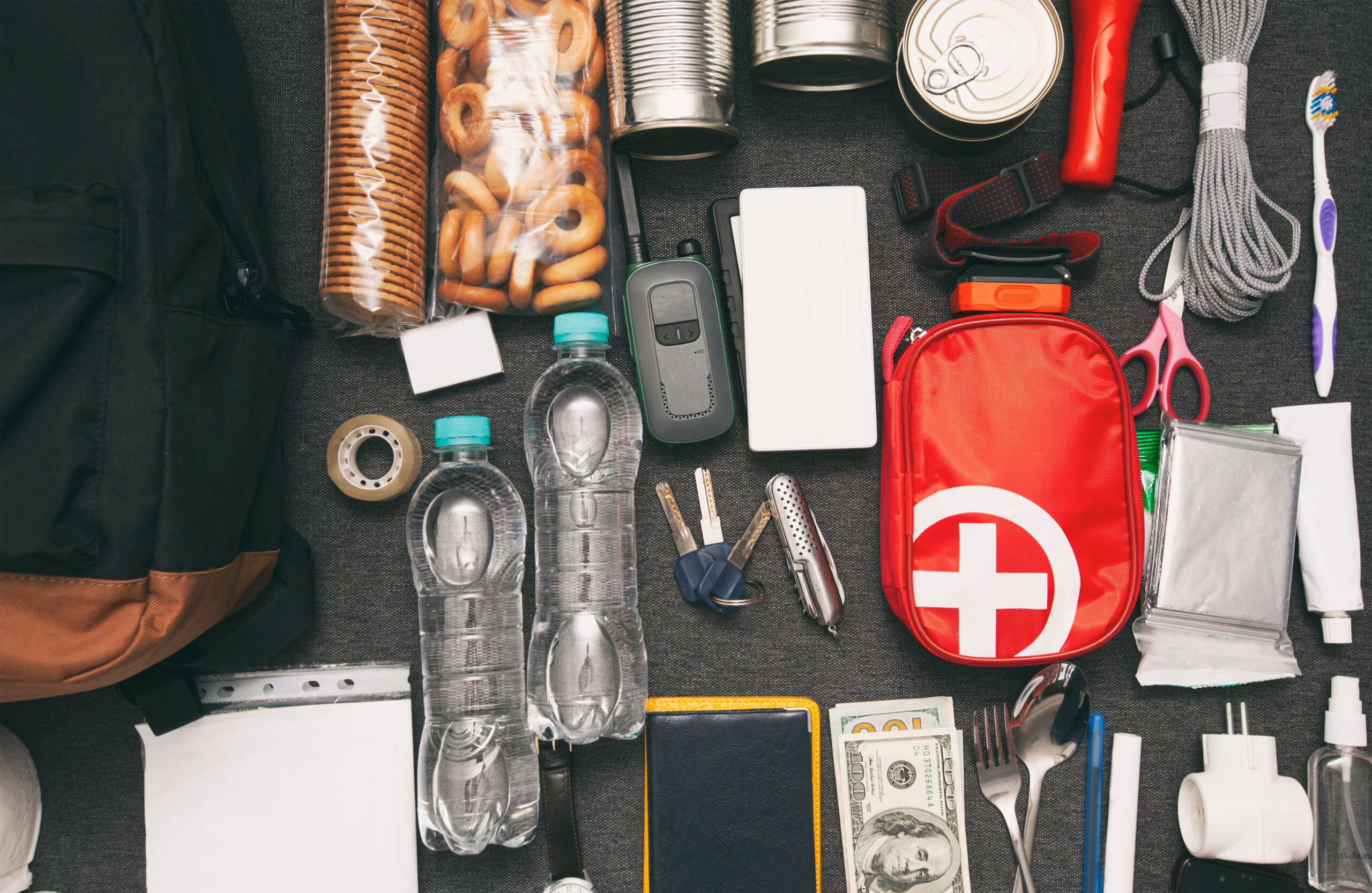Planning, practice are vital to emergency, disaster preparation
Writer: Paul Schattenberg, 210-859-5752, [email protected]
Contact: Dr. Joyce Cavanagh, 979-845-3859, [email protected]
COLLEGE STATION — September has been designated National Preparedness Month and the Texas A&M AgriLife Extension Service is supporting preparedness efforts by offering tips to Texans on how they can prepare for and recover from a disaster or emergency.

“This is a particularly good time for Texans to understand the importance of knowing how to prepare and execute a disaster plan,” said Dr. Joyce Cavanagh, AgriLife Extension family development and resource management specialist, College Station
Cavanagh said the Texas Extension Disaster Education Network at http://texashelp.tamu.edu has information and materials on specific disasters, plus tips on disaster preparation and recovery. These materials are also available at Texas A&M AgriLife Extension Bookstore website, http://www.agrilifebookstore.org, in English, Spanish and e-book format for mobile devices.
She said one of the best things Texans can do is map out a family evacuation plan ahead of time and practice it. The plan should include establishing escape routes and having all members of the household engage in an emergency practice session.
“In this plan, each room should have two exit points,” Cavanagh said. “Conduct a family practice session, including selecting a site outside the home for everyone to meet up. Prepare a contact card with name, address, phone and email for each family member and have each of them keep a copy of it in a wallet, purse or backpack.”
Cavanagh said some types of disasters may require disconnecting utility services to the home.
“Natural gas leaks are the top cause of fires after a disaster,” she said. “Be sure a responsible family member can turn off the gas, electricity and water supplies. Contact your local utility company for proper shut-off procedures.”
A disaster plan should also make provisions for family pets, Cavanagh said.
“This might include identifying hotels or motels that accept pets or would waive a no-pets policy in an emergency,” she said. “You’ll also want to list the phone number and address of your veterinarian’s office. And don’t forget to add a copy of your pet’s vaccination records, pet food and comfort items to your emergency supply kit.”
Cavanagh said having an emergency supply kit for the home, office and vehicle is a major aspect of disaster preparation.
She said an emergency kit should contain enough supplies to take care of immediate family members for at least three days. Some essential kit contents include: bottled water, non-perishable foods, a hand-operated can opener, mouth/nose protection masks, extra clothing, first-aid kit, gloves, blankets, toiletries, battery- or hand-powered flashlight, weather radio, spare batteries, garbage bags, medications and anti-bacterial cleaners or wipes.
More information on preparing for an emergency, including items to be included in an emergency kit, can be found in the AgriLife Extension publications Texans, Get Ready! and Preparing for the Unexpected, available at the Texas EDEN and Texas A&M Extension bookstore sites.
Additional information on emergency and disaster preparedness may be found by going to the Federal Emergency Management Agency’s http://ready.gov website or its Spanish-language counterpart at http://listo.gov.





